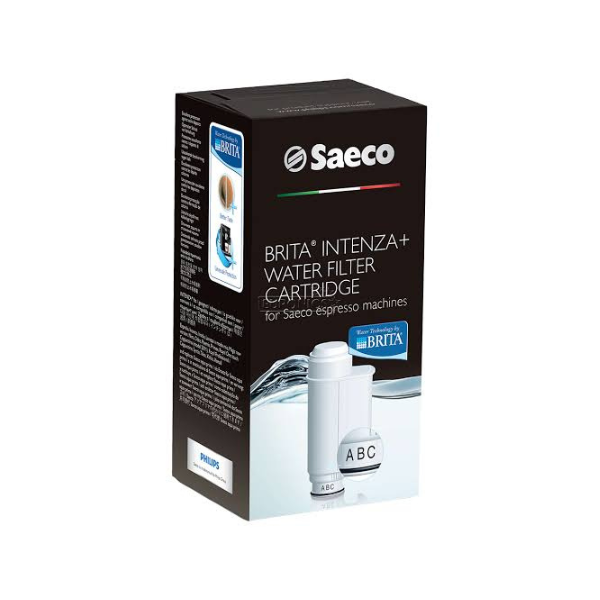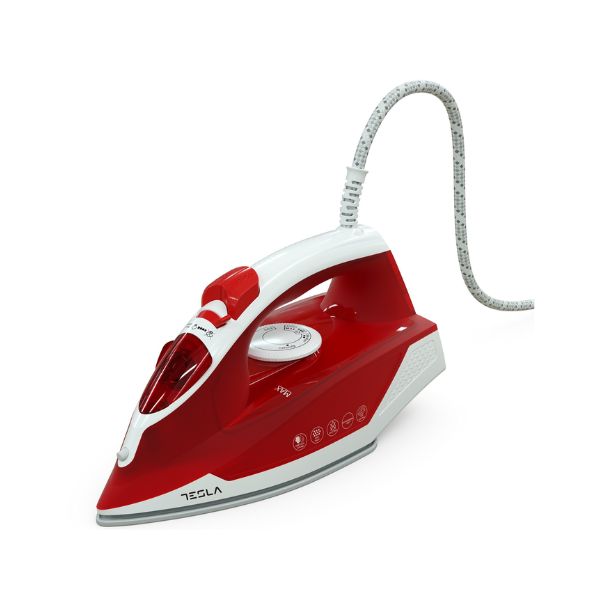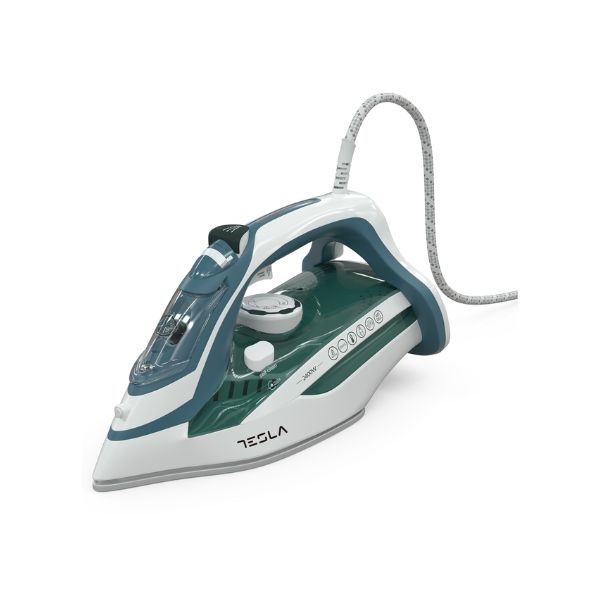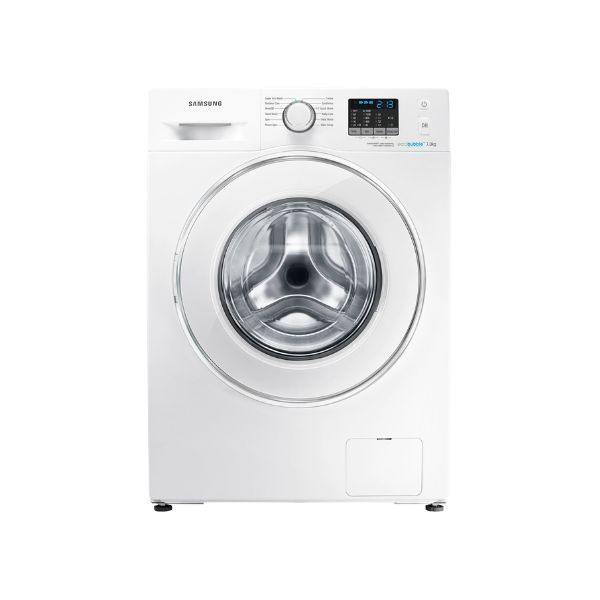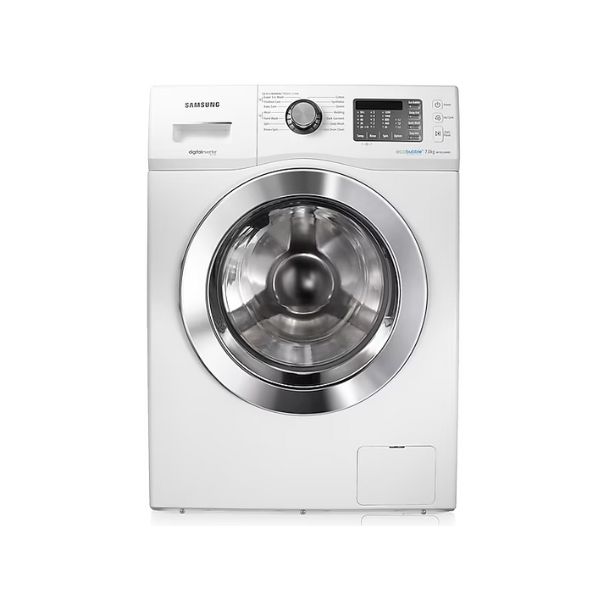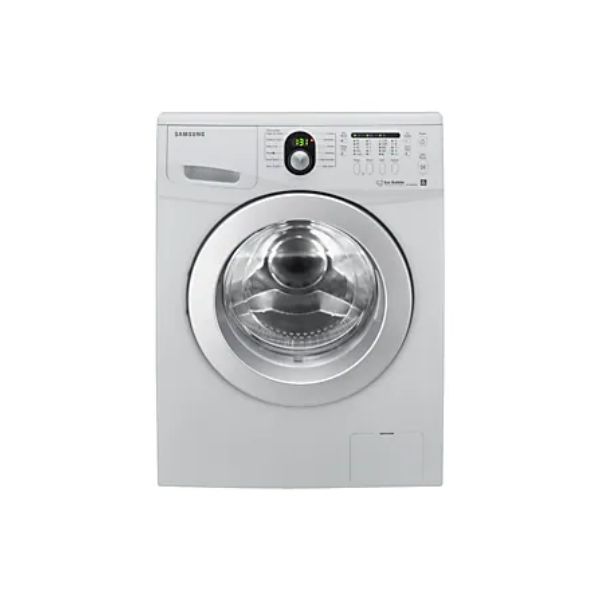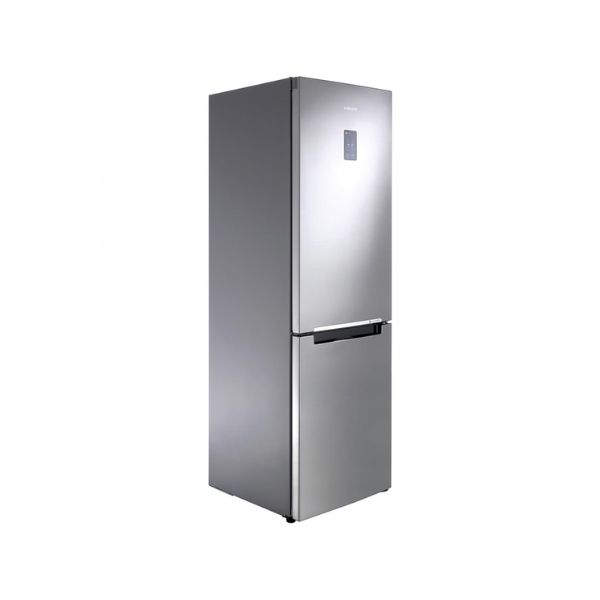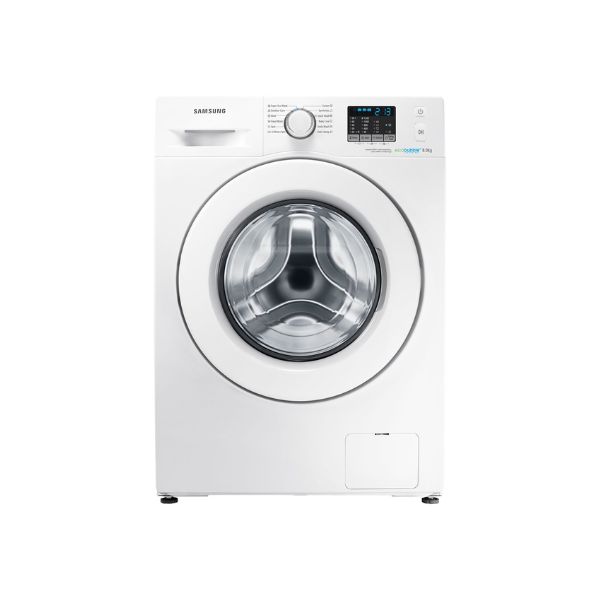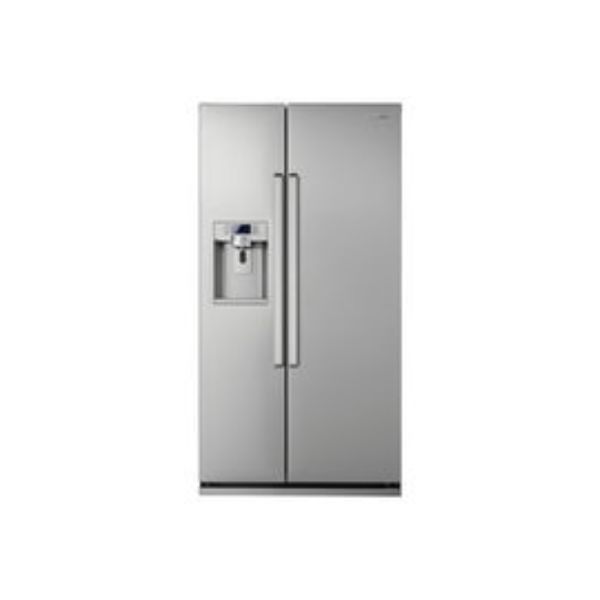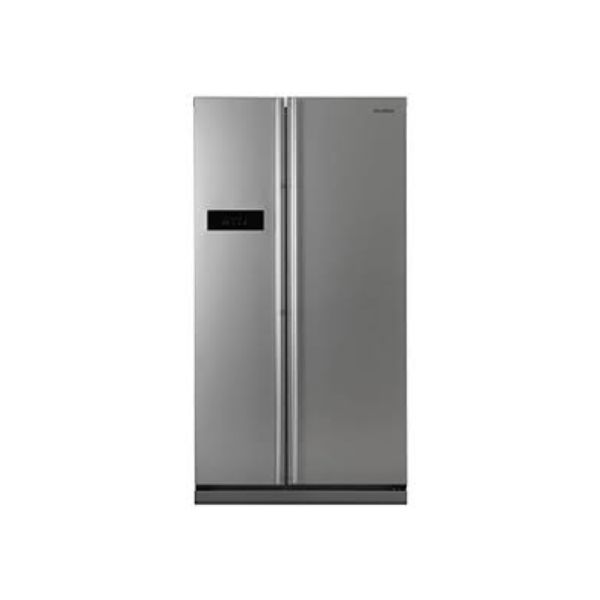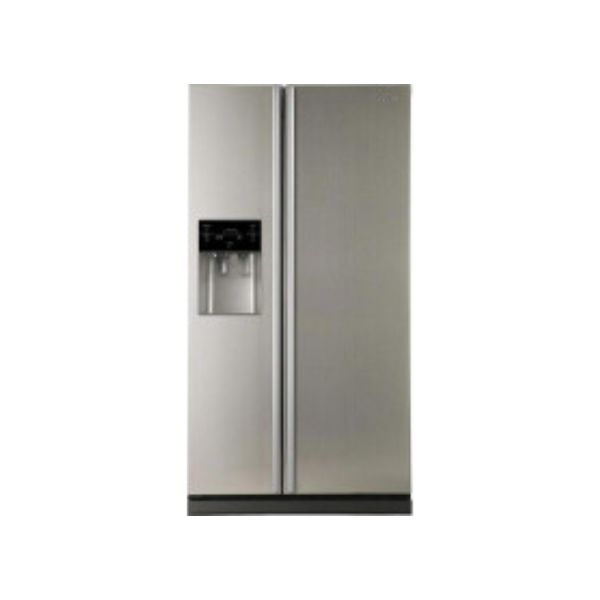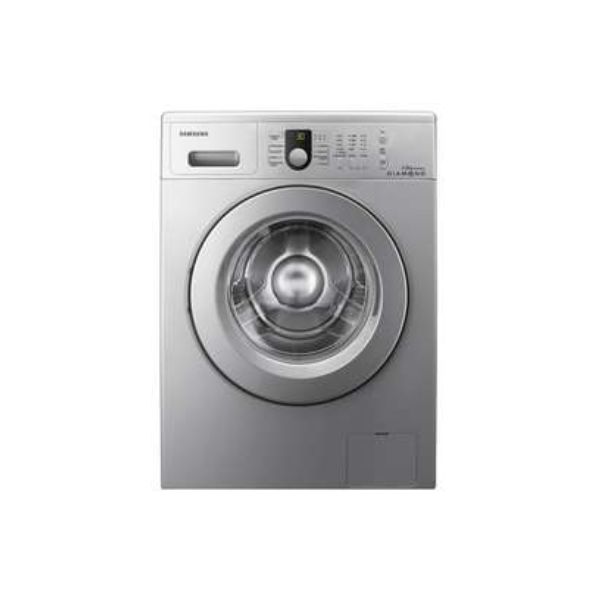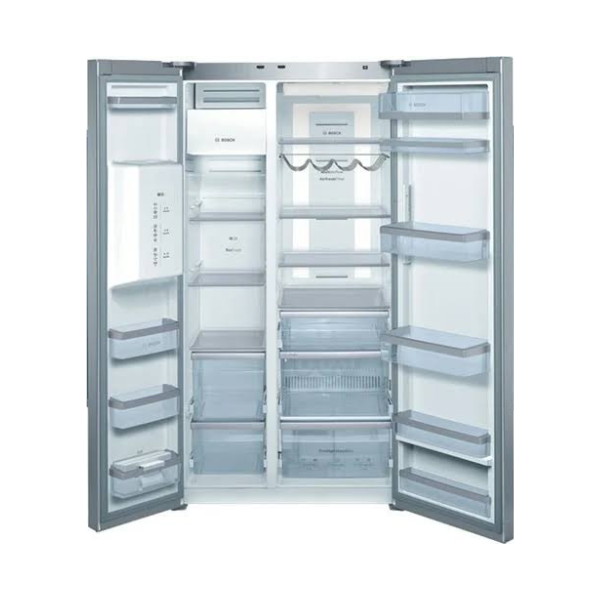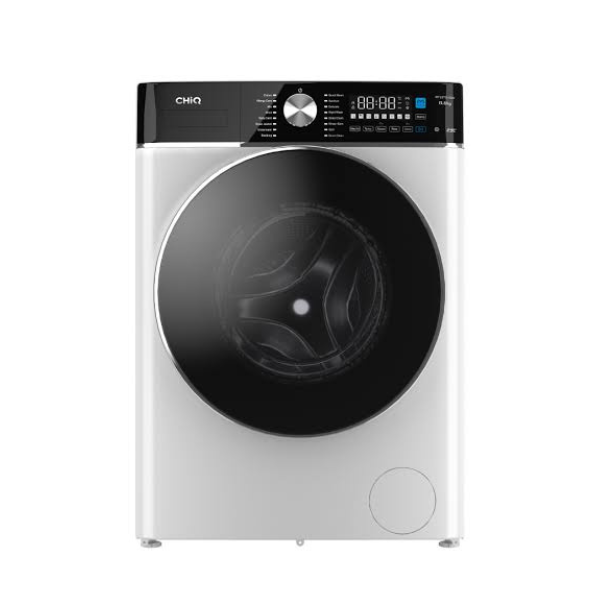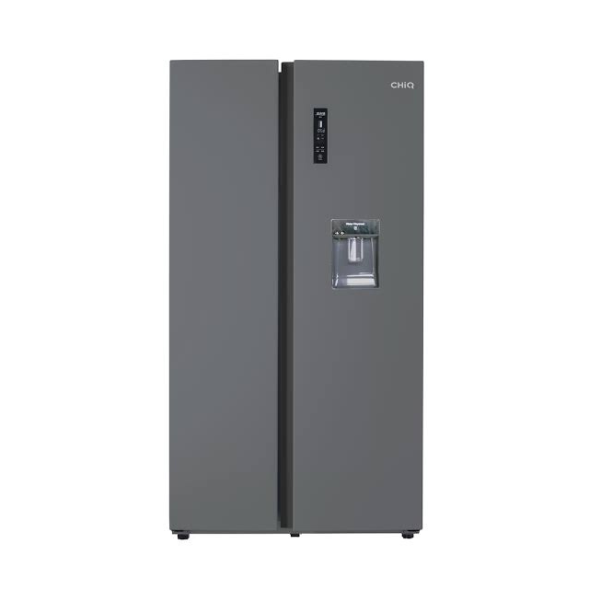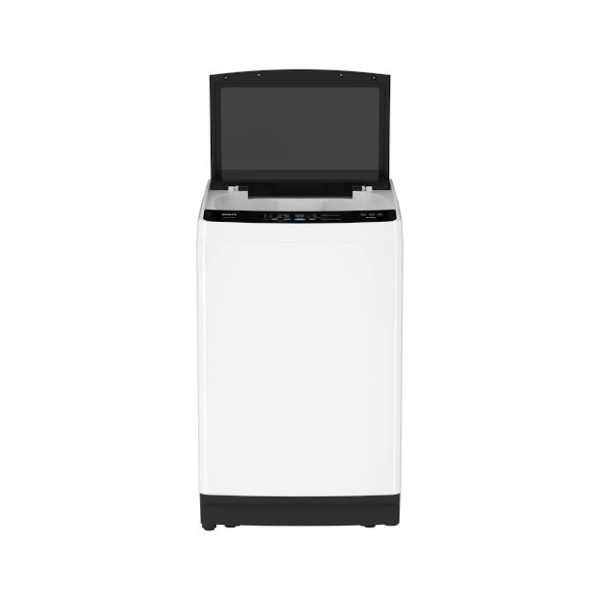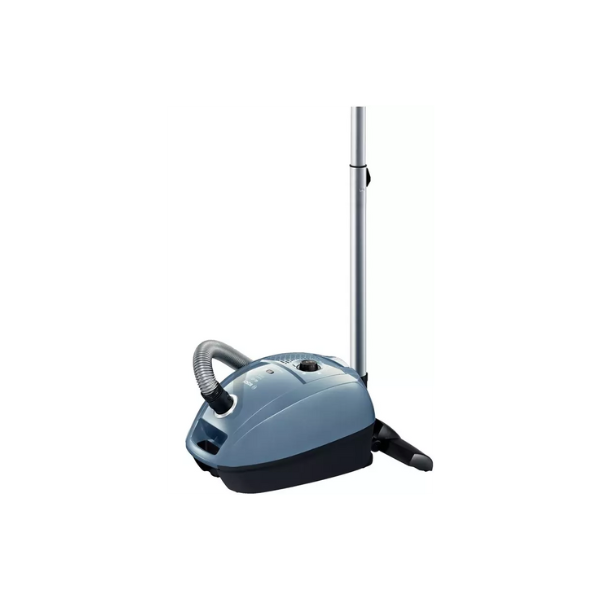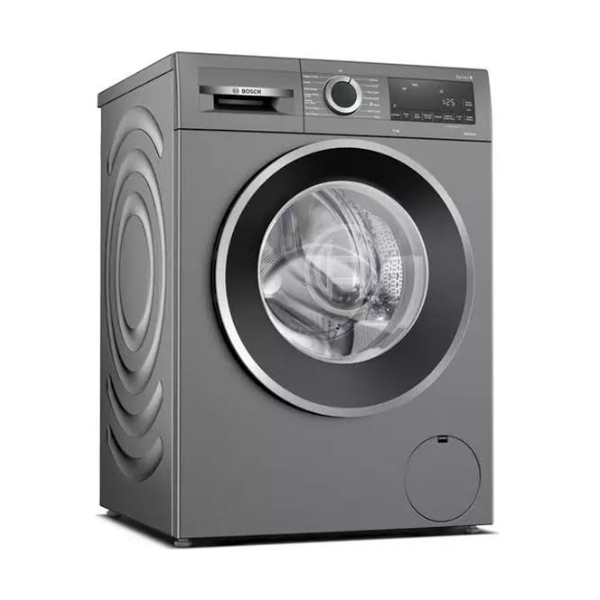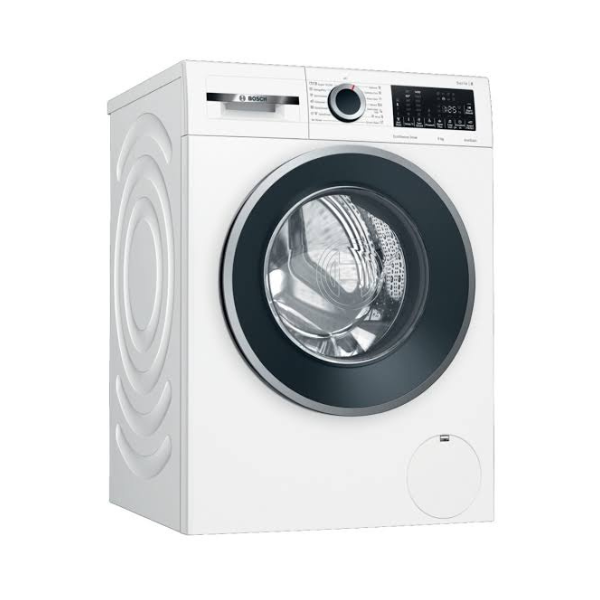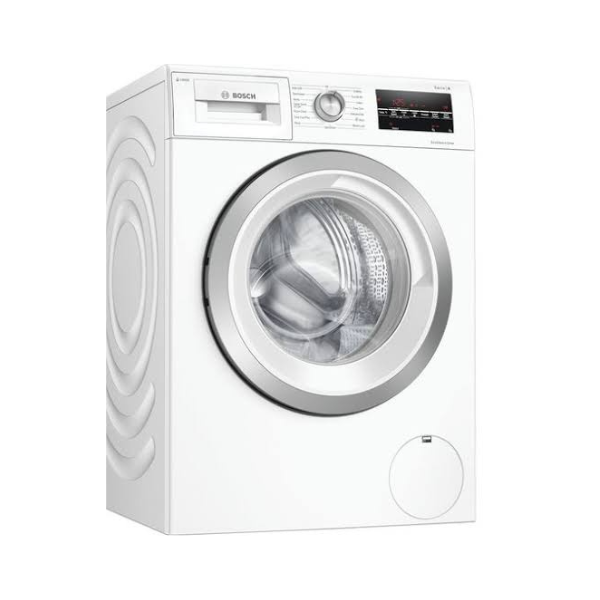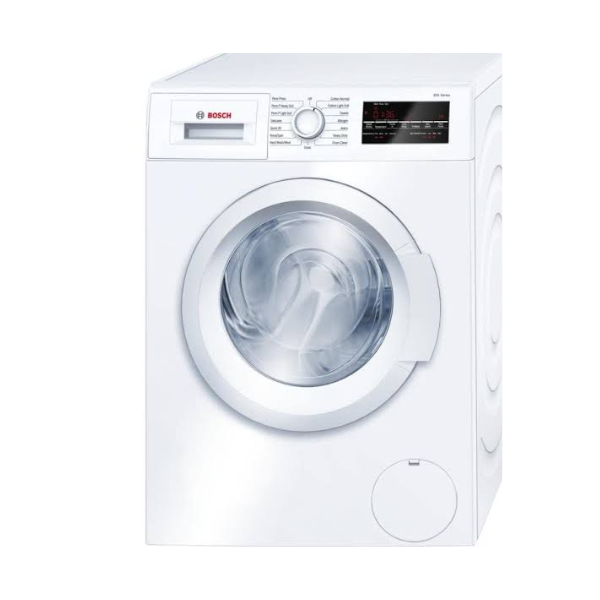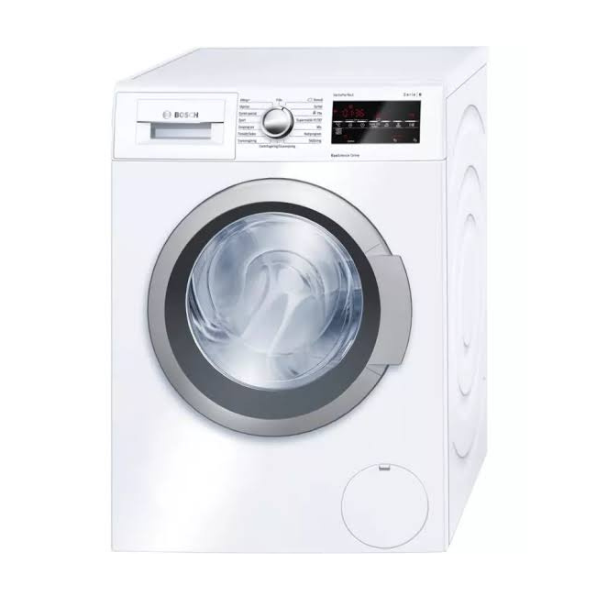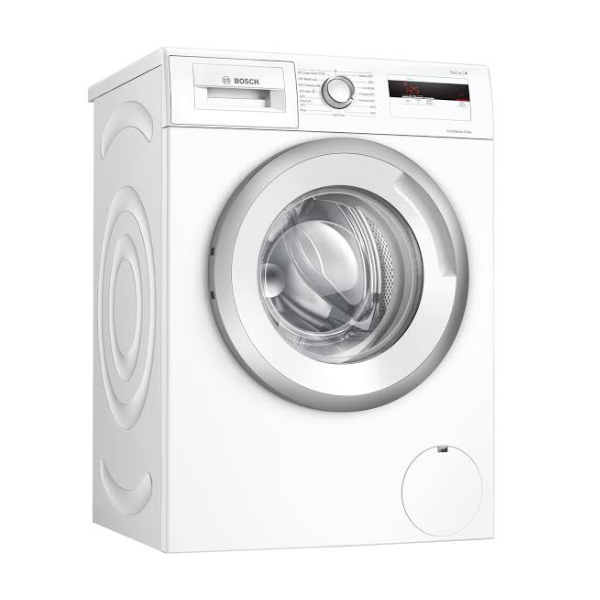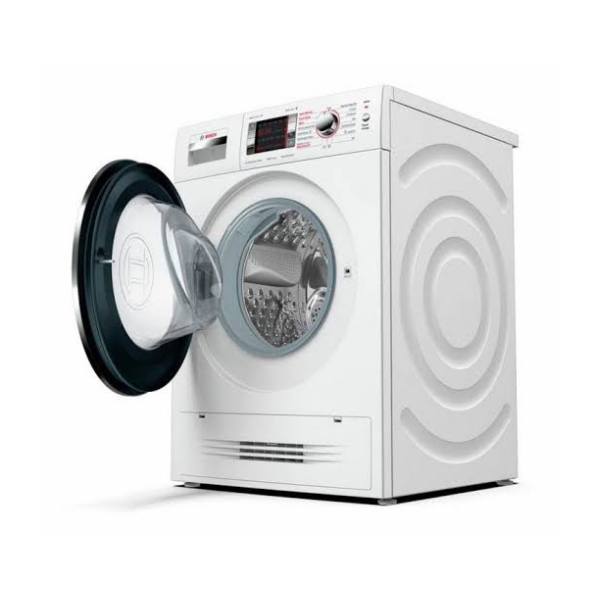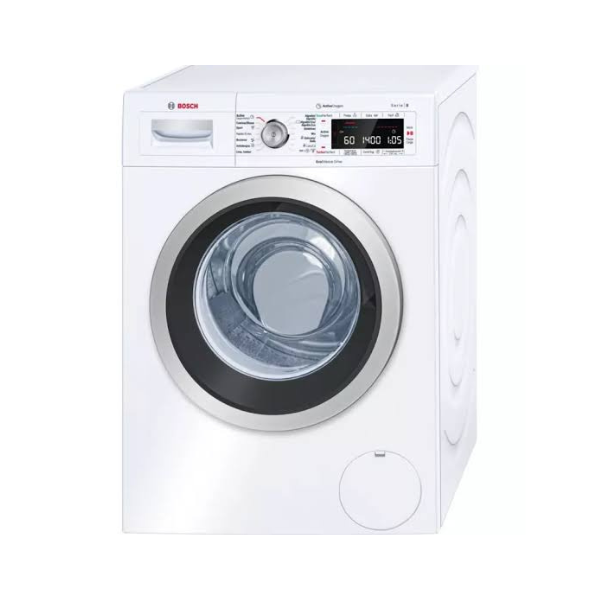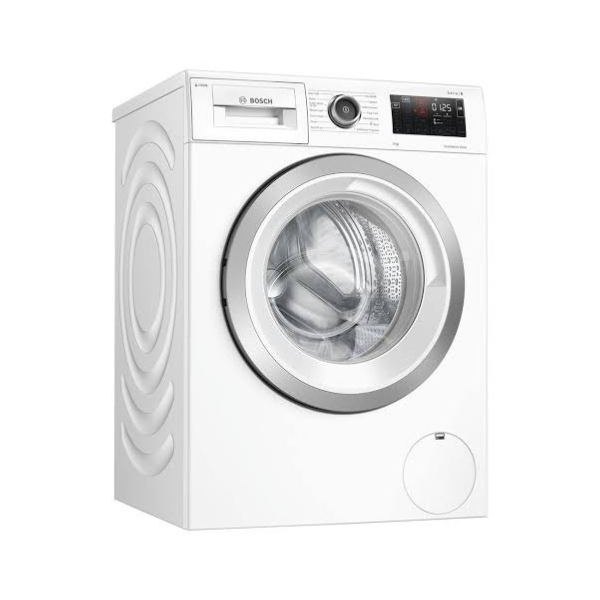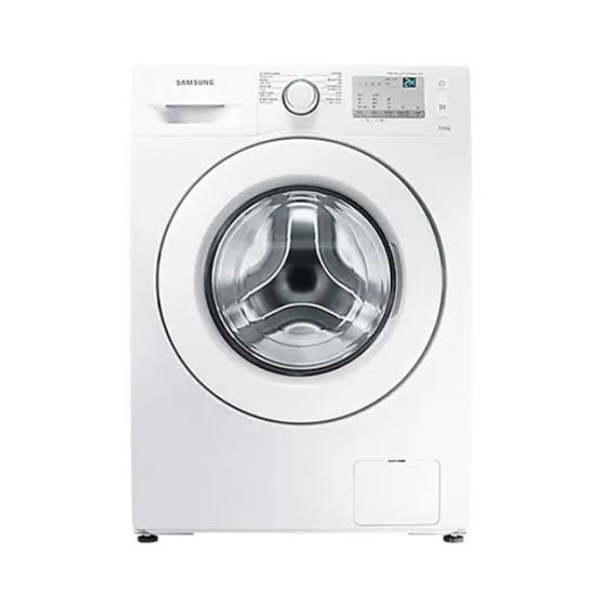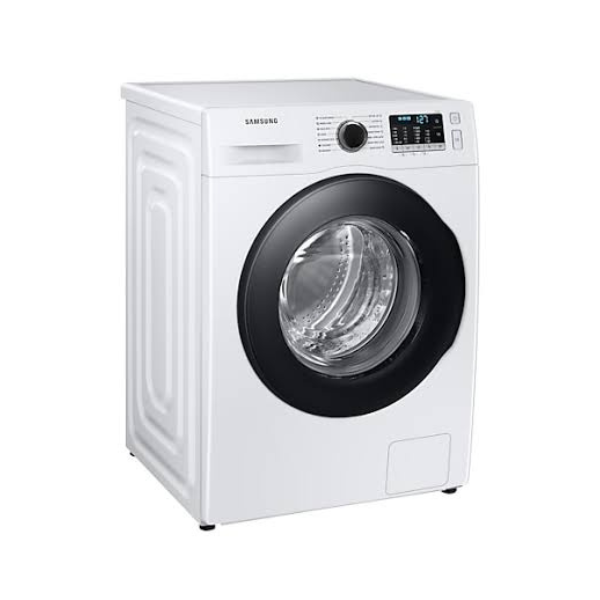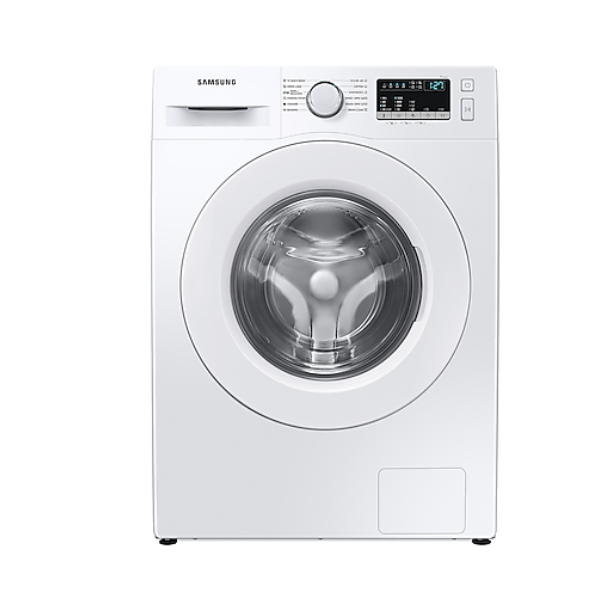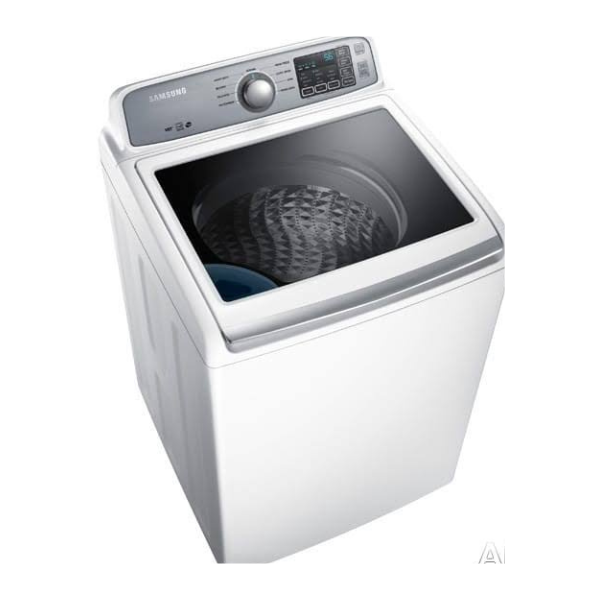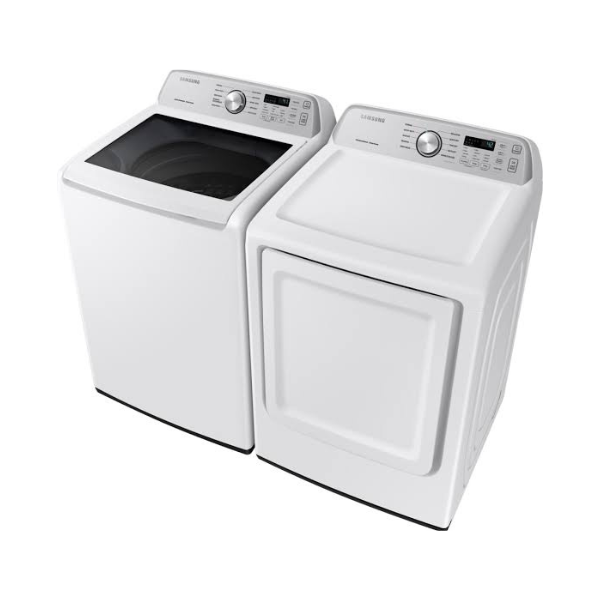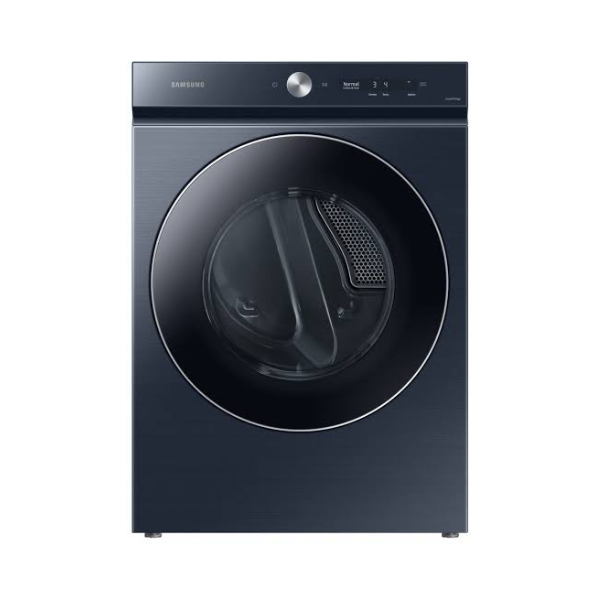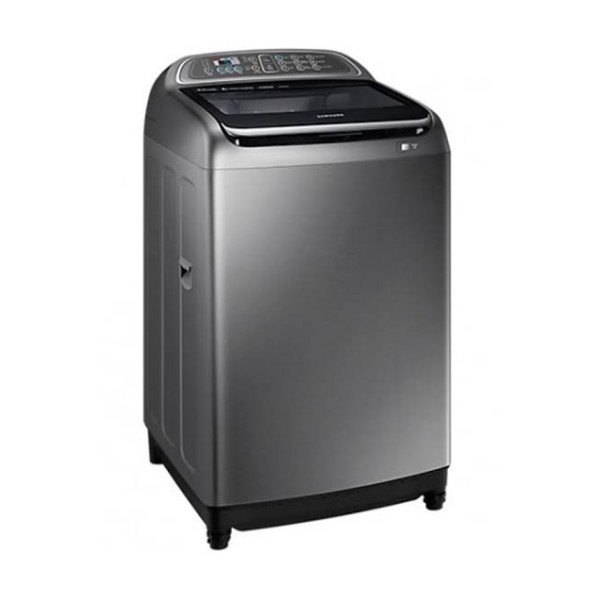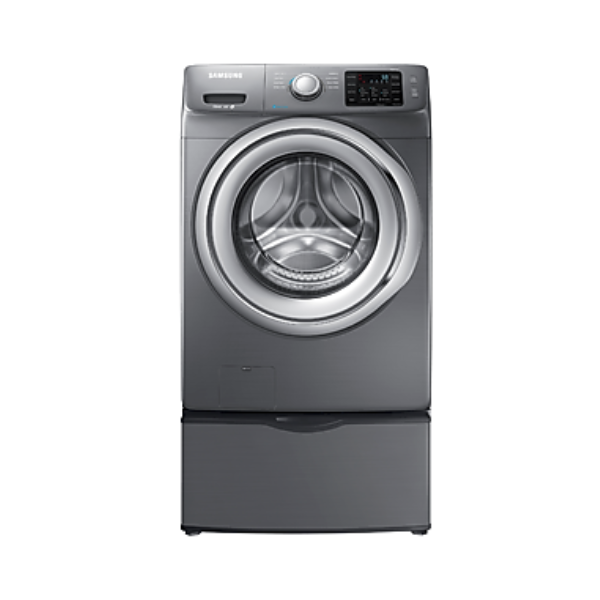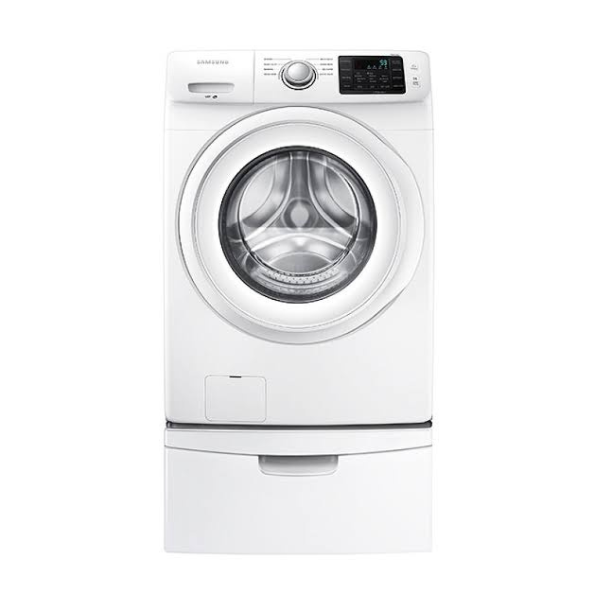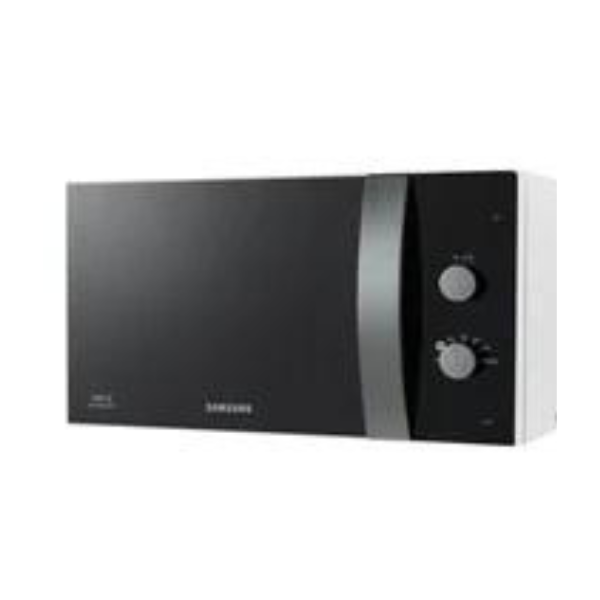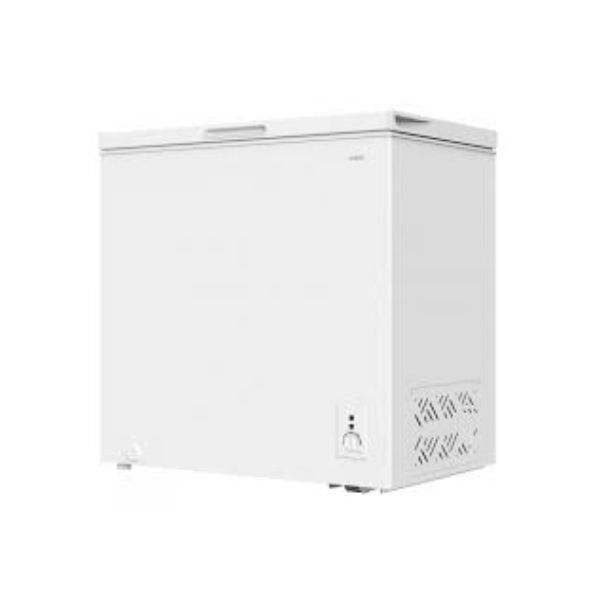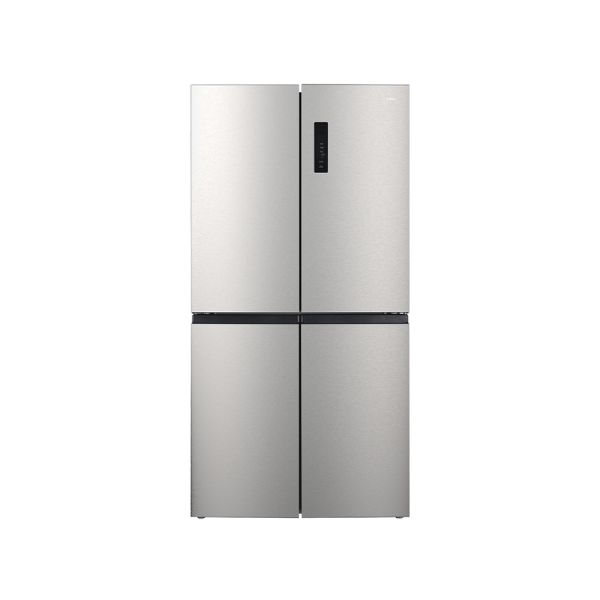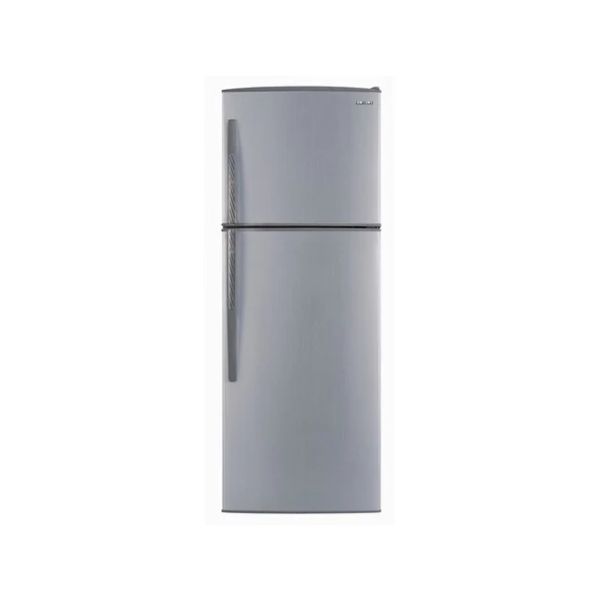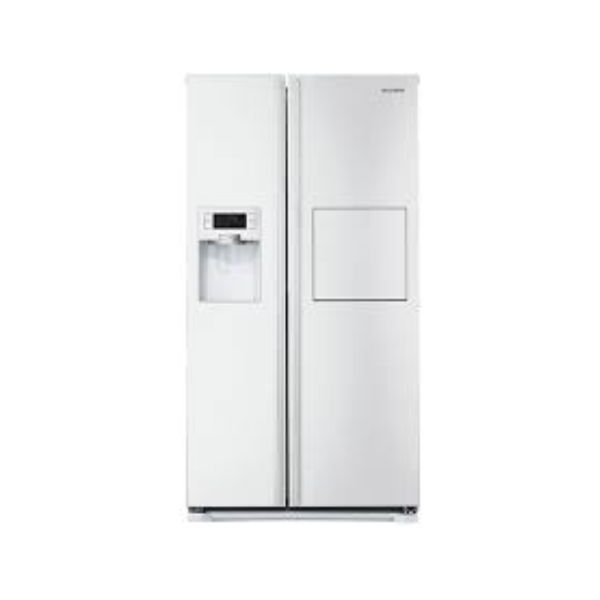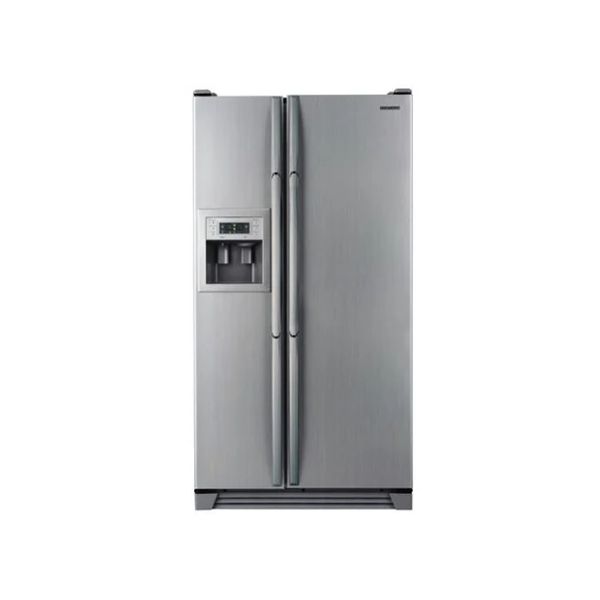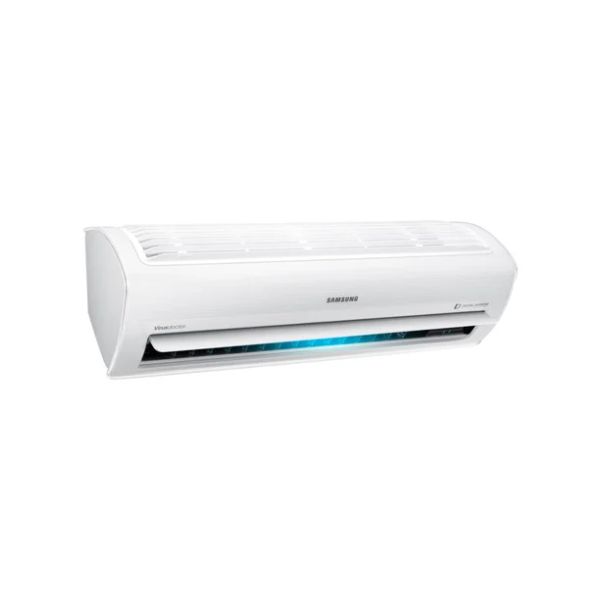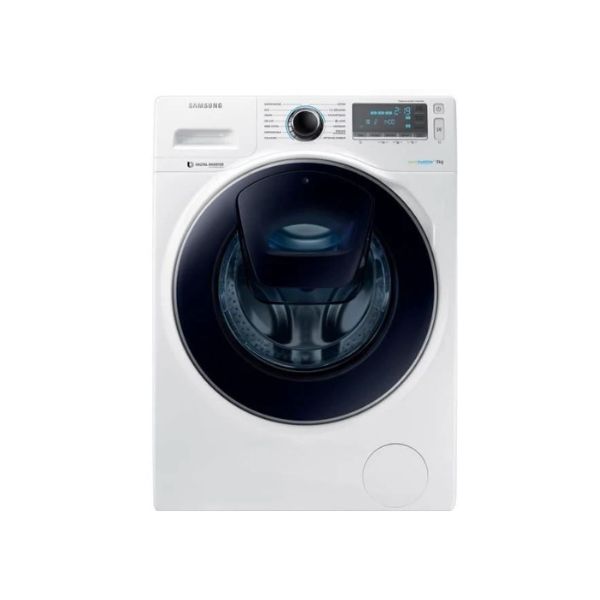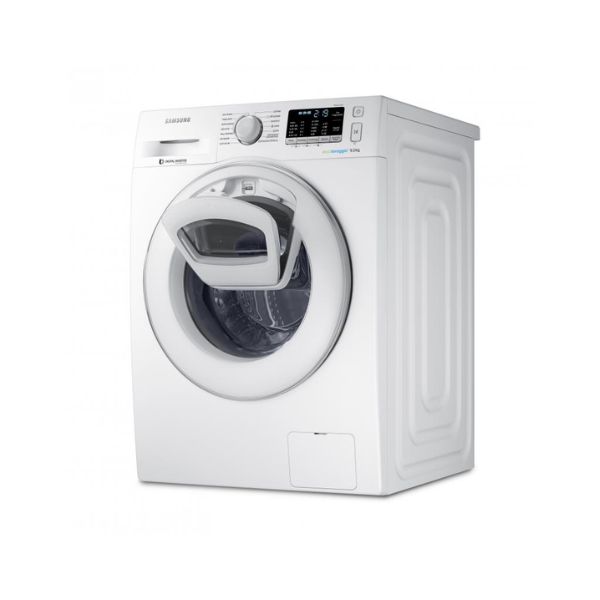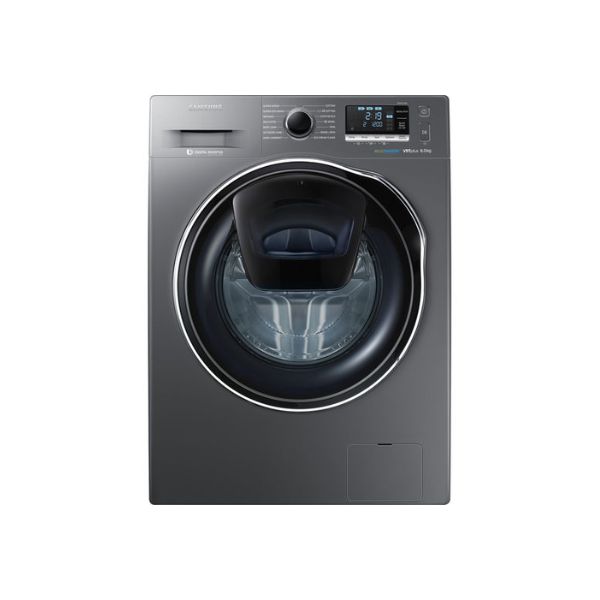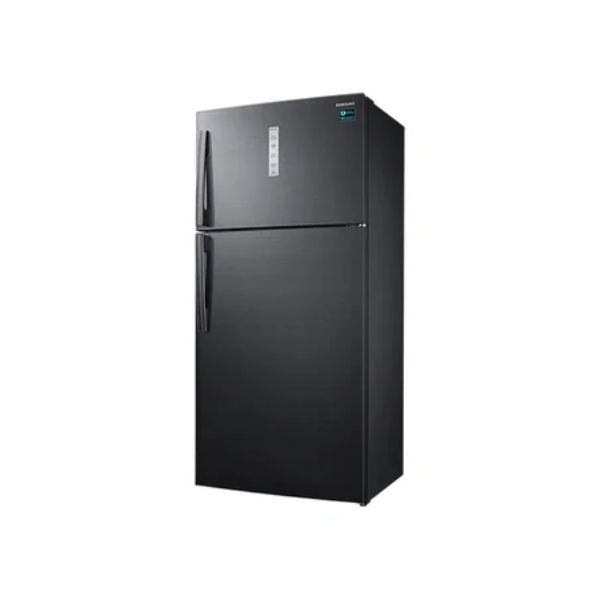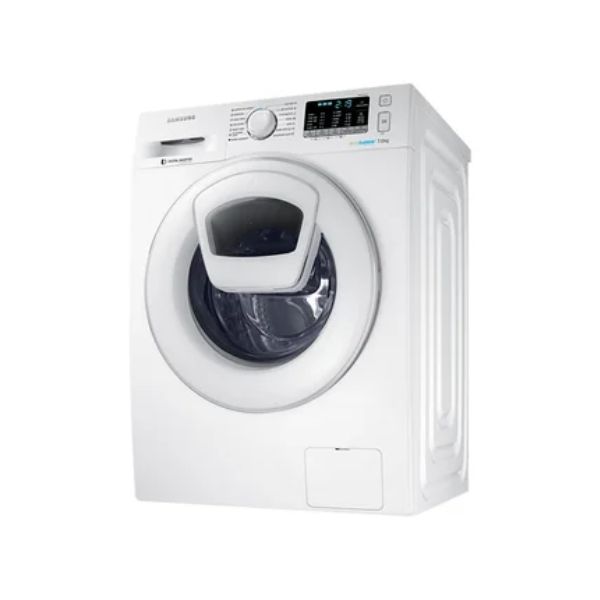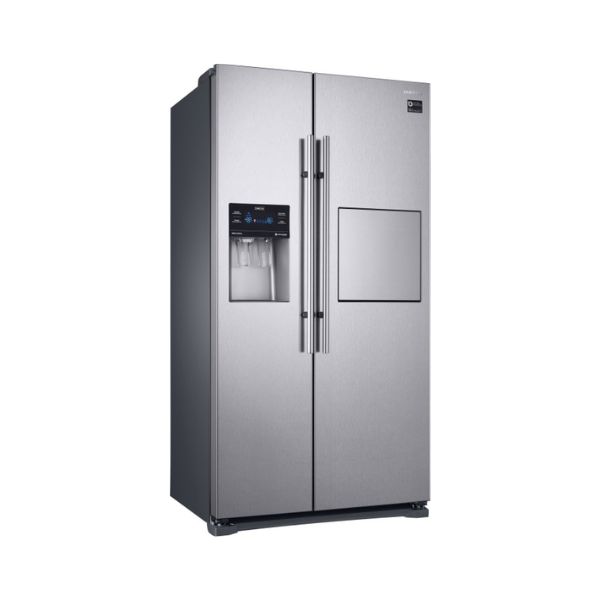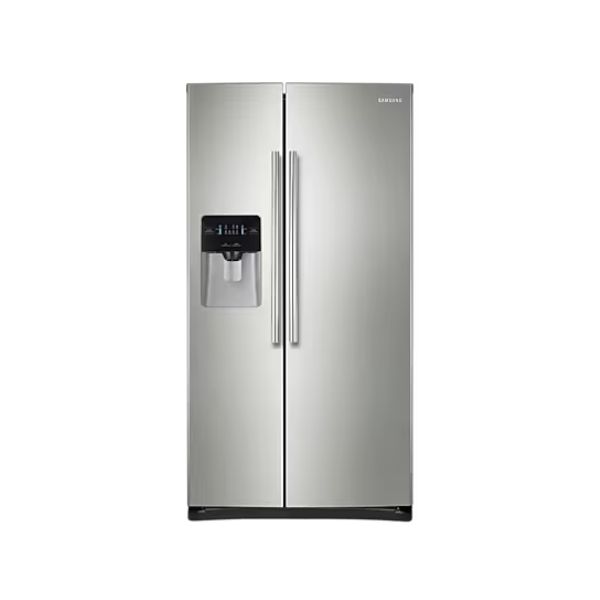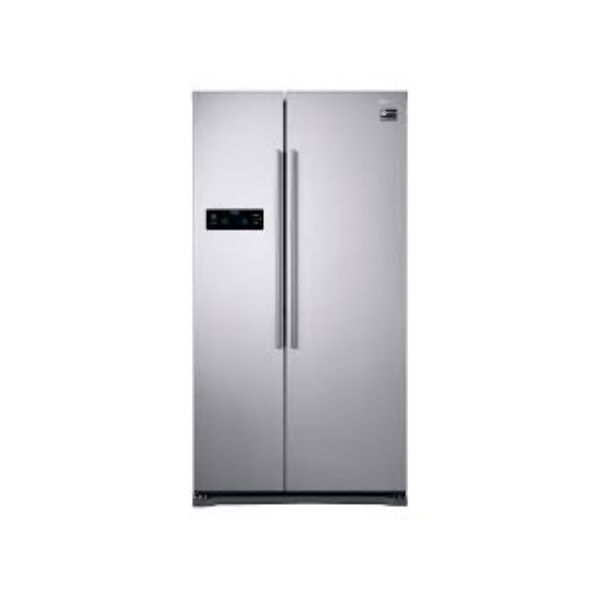The Philips Intenza+ water filter cartridge is designed to improve the taste and quality of your coffee by filtering impurities from your espresso machine’s water reservoir. Let’s explore the benefits and drawbacks of this filter to see if it deserves a spot in your coffee-making routine.
Strengths:
- Improved Coffee Taste: By filtering out chlorine, limescale, and other impurities, the Intenza+ promises to enhance the flavor profile of your coffee. This can lead to a more balanced, richer tasting cup.
- Reduced Maintenance: Regular filter changes can help reduce limescale buildup within your espresso machine, potentially extending its lifespan and reducing the need for frequent descaling.
- Brita Integration: The Intenza+ utilizes Brita filtration technology, a well-established brand known for water filtration products. This might inspire confidence in the filter’s effectiveness.
- Easy Installation and Replacement: The Intenza+ is designed for easy installation and replacement within most compatible Philips Saeco espresso machines.
Weaknesses:
- Limited Capacity: The lifespan of the Intenza+ filter can vary depending on water hardness and usage, but it typically needs replacing every 2 months or after filtering around 60 liters of water. Frequent replacements can add to the operational cost.
- Compatibility: The Intenza+ is only compatible with specific Philips Saeco espresso machine models. Ensure you check compatibility before purchasing.
- Limited Impact on Mineral Content: While filtering out some impurities, some essential minerals for coffee taste might also be removed. This could affect the overall flavor profile for some users.
- Environmental Impact: The disposable nature of the Intenza+ filters contributes to waste.
Overall:
The Philips Intenza+ water filter cartridge can be a valuable addition for those who prioritize taste and convenience. By potentially improving coffee flavor and reducing maintenance needs for your espresso machine, it offers a user-friendly solution. However, the ongoing cost of filter replacements and potential impact on mineral content are factors to consider.
